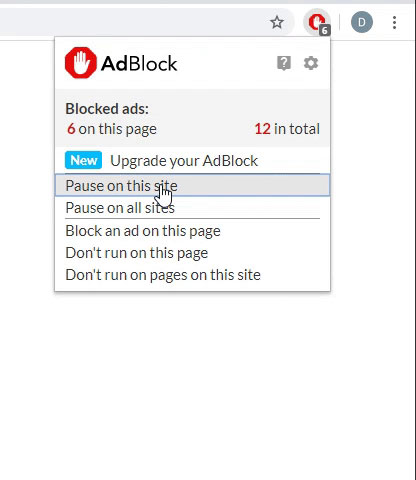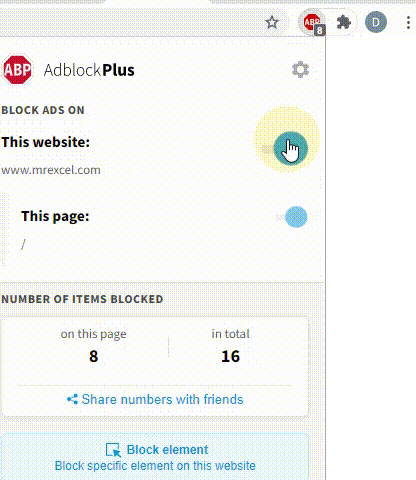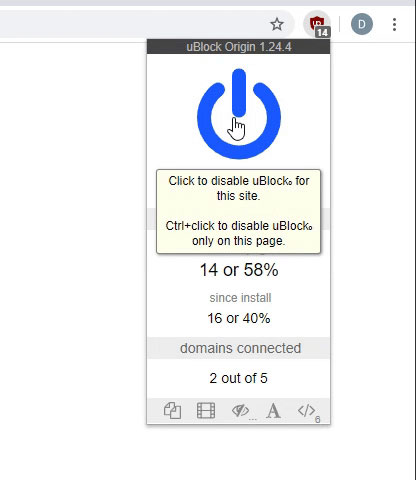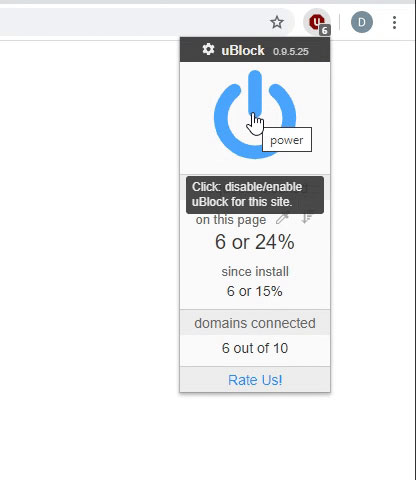I think this event code should do what you want...
Code:
[TABLE="width: 500"]
<tbody>[TR]
[TD]Dim CurrentCellValue As Variant
Private Sub Worksheet_Change(ByVal Target As Range)
Sheets("Sheet2").Columns("A").Replace CurrentCellValue, Target.Value, , xlWhole, , , False
End Sub
Private Sub Worksheet_SelectionChange(ByVal Target As Range)
If Target.Count = 1 Then CurrentCellValue = Target.Value
End Sub
[/TD]
[/TR]
</tbody>[/TABLE]
HOW TO INSTALL Event Code
------------------------------------
If you are new to event code procedures, they are easy to install. To install it, right-click the name tab at the bottom of the worksheet that is to have the functionality to be provided by the event code (
Sheet1 in your case) and select "View Code" from the popup menu that appears. This will open up the code window for that worksheet. Copy/Paste the event code into that code window. That's it... the code will now operate automatically when its particular event procedure is raised by an action you take on the worksheet itself. Note... if you are using XL2007 or above, make sure you save your file as an "Excel Macro-Enabled Workbook (*.xlsm) and answer the "do you want to enable macros" question as "yes" or "OK" (depending on the button label for your version of Excel) the next time you open your workbook.





